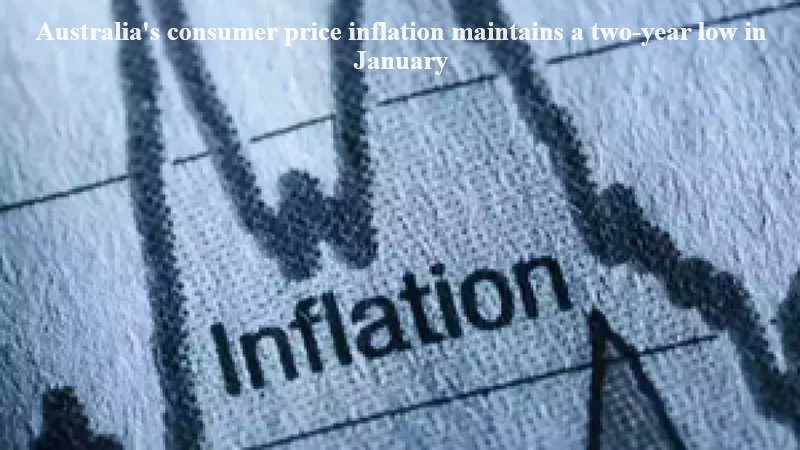
Australia’s consumer price inflation has remained at a low point for two years, defying expectations of a slight uptick, as per data released by the Australian Bureau of Statistics on Wednesday.
According to Reuters, the monthly consumer price index (CPI) showed an annual rate of 3.4 percent in January, staying consistent with December’s figures and falling below market forecasts of 3.6 percent.
The trimmed mean, a significant measure of core inflation, also experienced a slight dip, dropping from 4.0 percent in December to 3.8 percent in January. With inflation figures staying subdued, market predictions suggest that the Reserve Bank of Australia (RBA) may hold off on further interest rate hikes.
“Inflation excluding volatile items and holiday travel slowed to 4.1 percent from 4.2 percent,” noted the Australian Bureau of Statistics.
The data indicated a monthly decrease of 0.3 percent in CPI for January, driven by significant drops in holiday travel, clothing, and petrol prices. Holiday travel, in particular, saw a notable decline of 5.2 percent compared to the previous month.
These trends suggest challenges in specific sectors and contribute to the overall stability of inflation at a lower level, reducing the urgency for immediate rate adjustments.
Despite the RBA’s previous efforts to tackle rising inflation by raising interest rates, the consistently low inflation figures indicate that further rate hikes may not be on the horizon. The RBA, which has increased interest rates by 425 basis points since May 2022, currently stands at a 12-year high of 4.35 percent. However, the central bank hasn’t ruled out the possibility of additional hikes if necessary to align with its target inflation band of 2-3 percent.
Financial markets, however, indicate confidence that the RBA is nearing the end of its tightening phase, with swaps suggesting a 60 percent chance of a first rate cut in August and an overall easing of 38 basis points by year-end.
As inflation remains subdued, the Australian dollar saw minimal movement at $0.6547, reflecting the market’s steady stance. Three-year bond futures also remained stable at 96.26, signaling a cautious yet balanced outlook.

Post Your Comments